Geometric Abstraction
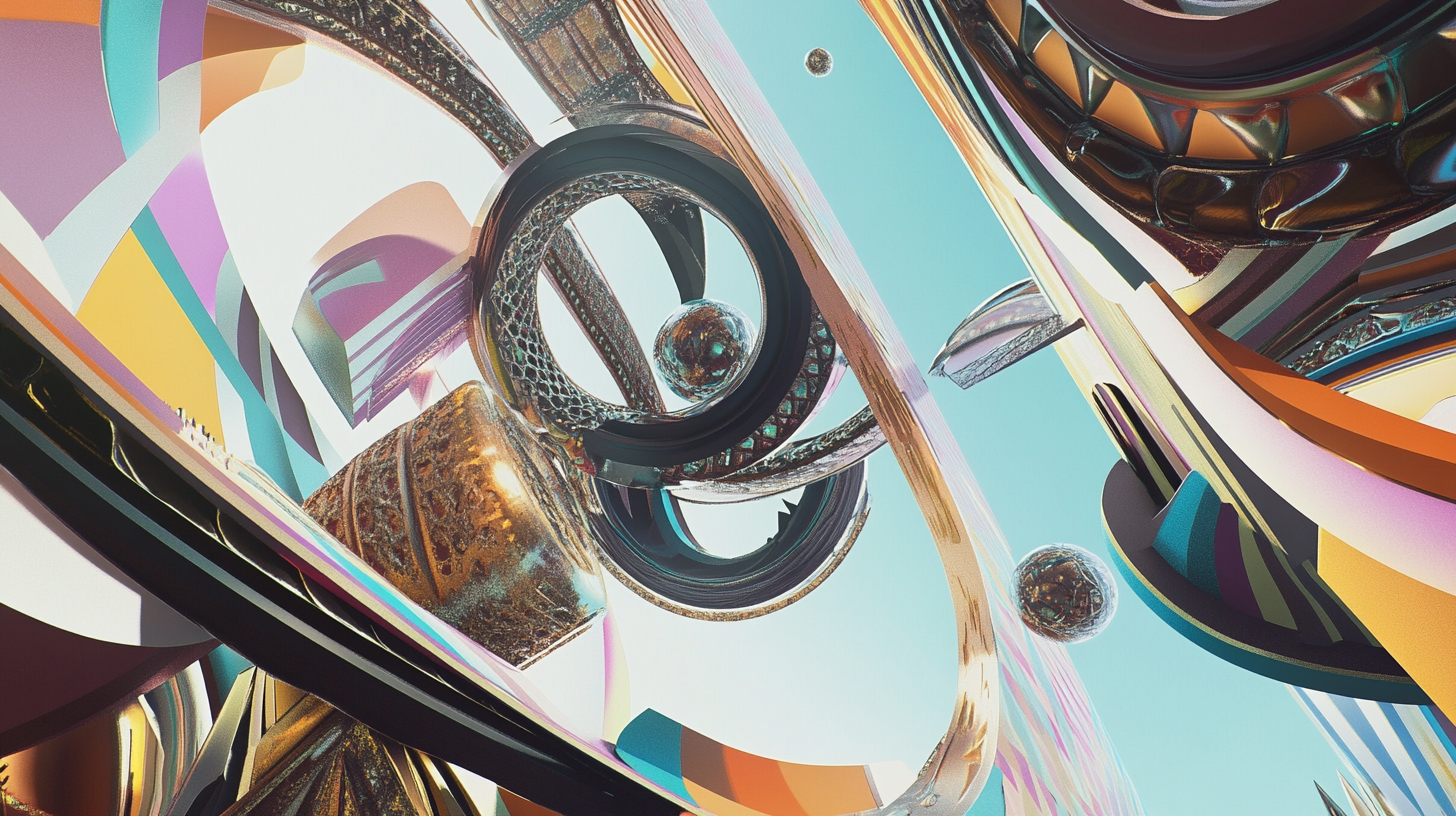 AI-Generated ImageAI-Generated Image
AI-Generated ImageAI-Generated Image Geometric Abstraction is a modern art movement defined by its use of simple geometric forms—circles, squares, triangles, and lines—to create non-representational compositions. Emphasizing structure, symmetry, and visual precision, it removes references to the natural world to focus purely on form, color, and spatial relationships. Revived through the Output.GURU AI creative generator, AI geometric abstraction transforms these timeless principles into AI-generated art, merging mathematical order with digital creativity. The result is a harmony of logic and aesthetics — a celebration of how geometry becomes emotion through intelligent design.
Emerging in the early 20th century through movements like Constructivism, De Stijl, and the Bauhaus, Geometric Abstraction values order, precision, and mathematical harmony. Color, proportion, and spatial relationships take precedence over emotion or narrative.
In digital and AI-generated art, Geometric Abstraction is ideal for creating clean, structured, algorithmic visuals. It reflects a logic-driven aesthetic that aligns well with generative systems, parametric design, and data visualization, making it a cornerstone of modern visual experimentation.
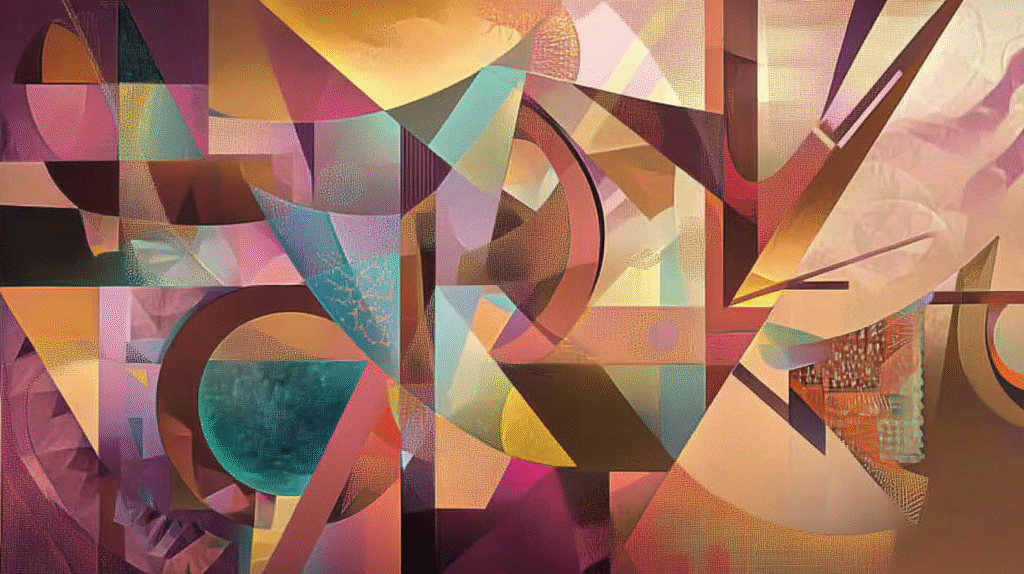 AI-Generated Image
AI-Generated Image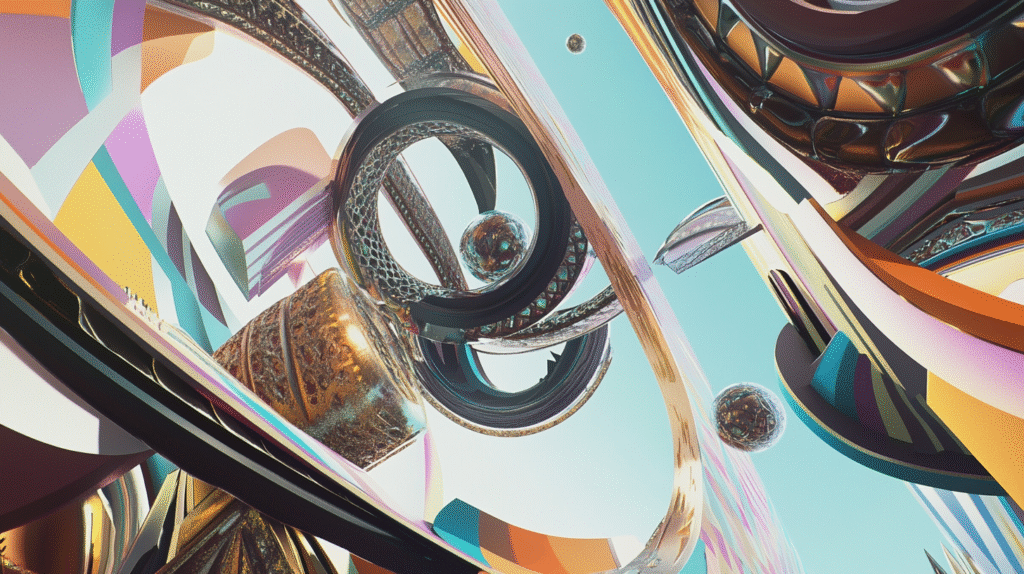 AI-Generated Image
AI-Generated Image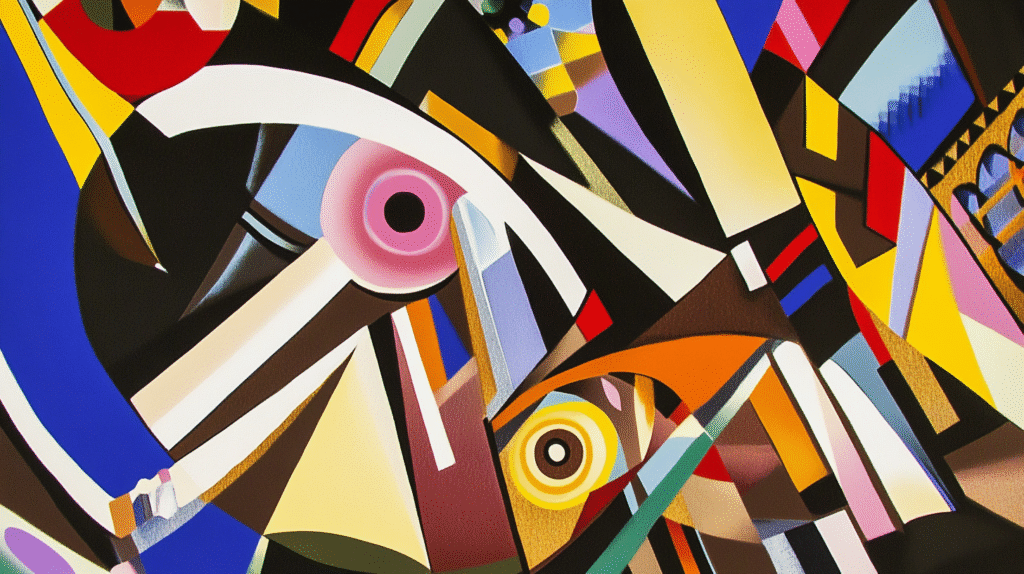 AI-Generated Image
AI-Generated Image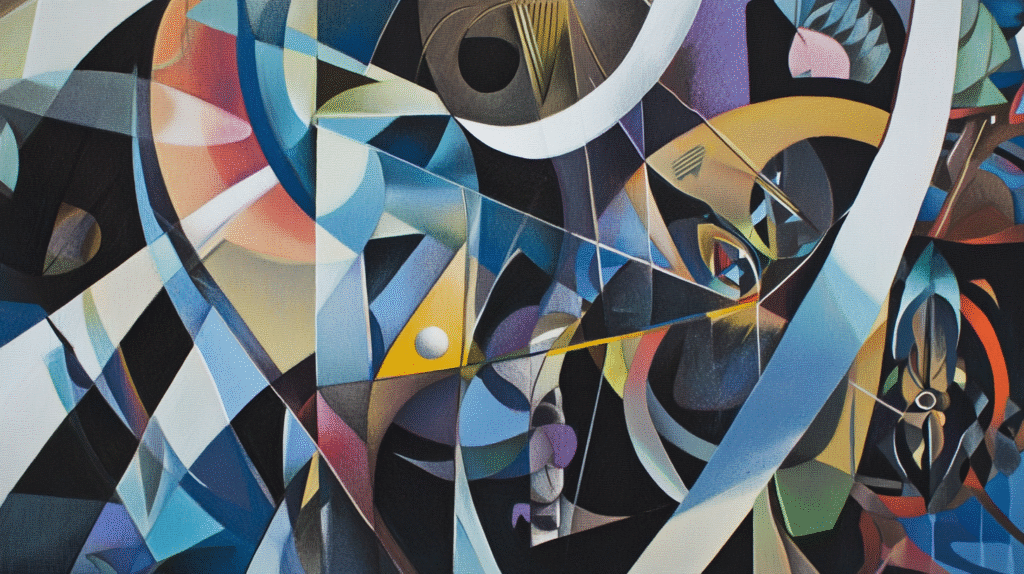 AI-Generated Image
AI-Generated ImageFrequently Asked Questions
What forms are primarily used in Geometric Abstraction?
Geometric Abstraction primarily uses simple geometric forms such as circles, squares, triangles, and lines.
How does Geometric Abstraction differ from representational art?
Geometric Abstraction removes all references to the natural world to emphasize pure visual language and non-representational compositions.
Which early 20th-century movements contributed to the emergence of Geometric Abstraction?
Geometric Abstraction emerged through movements like Constructivism, De Stijl, and the Bauhaus.
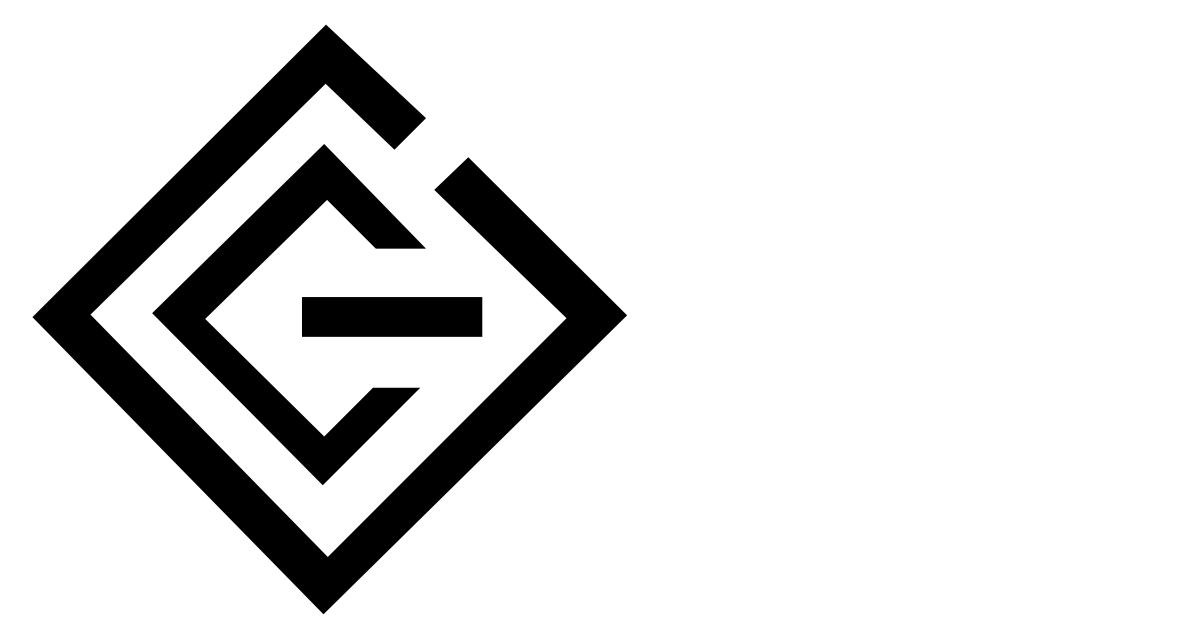
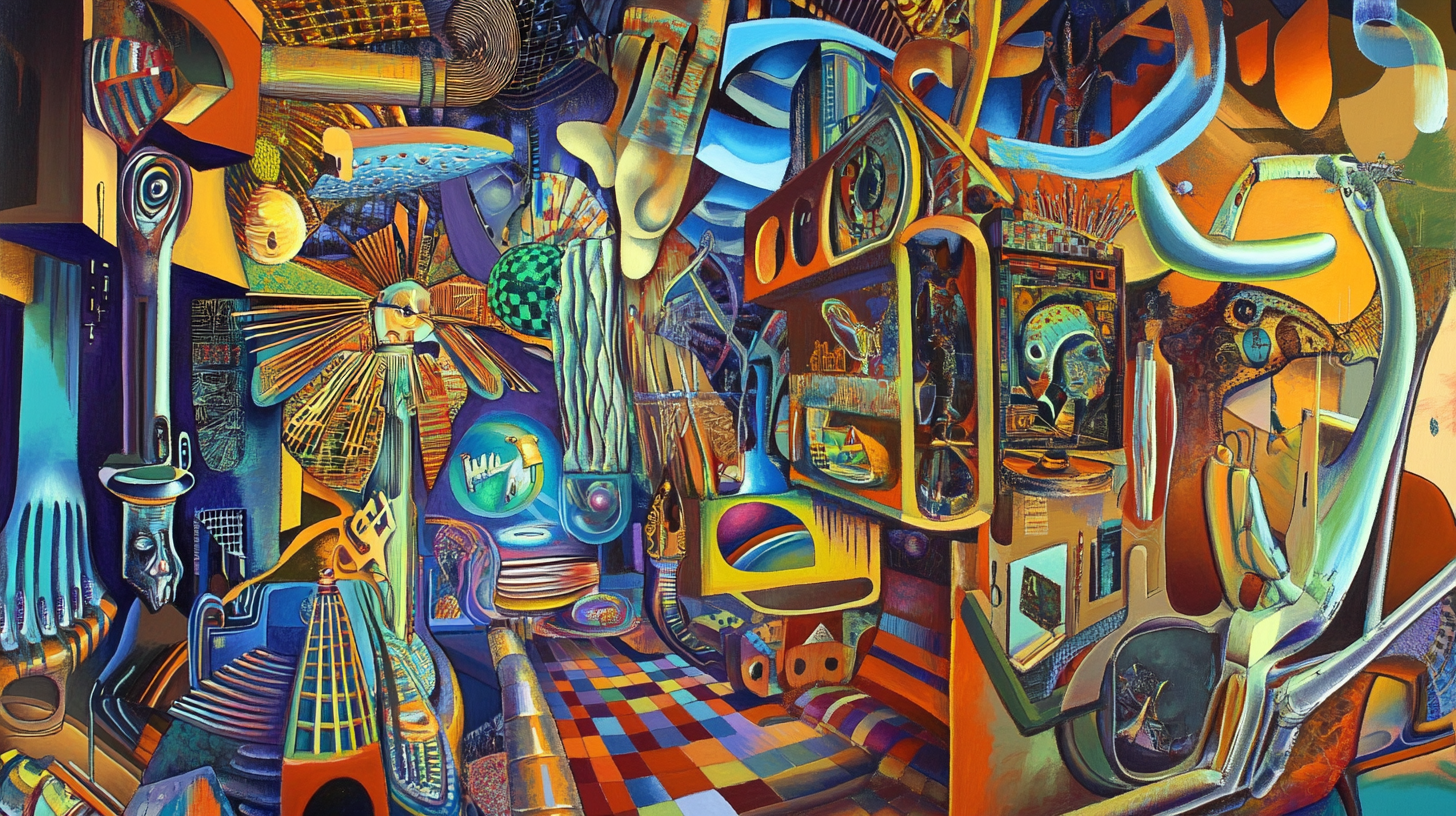


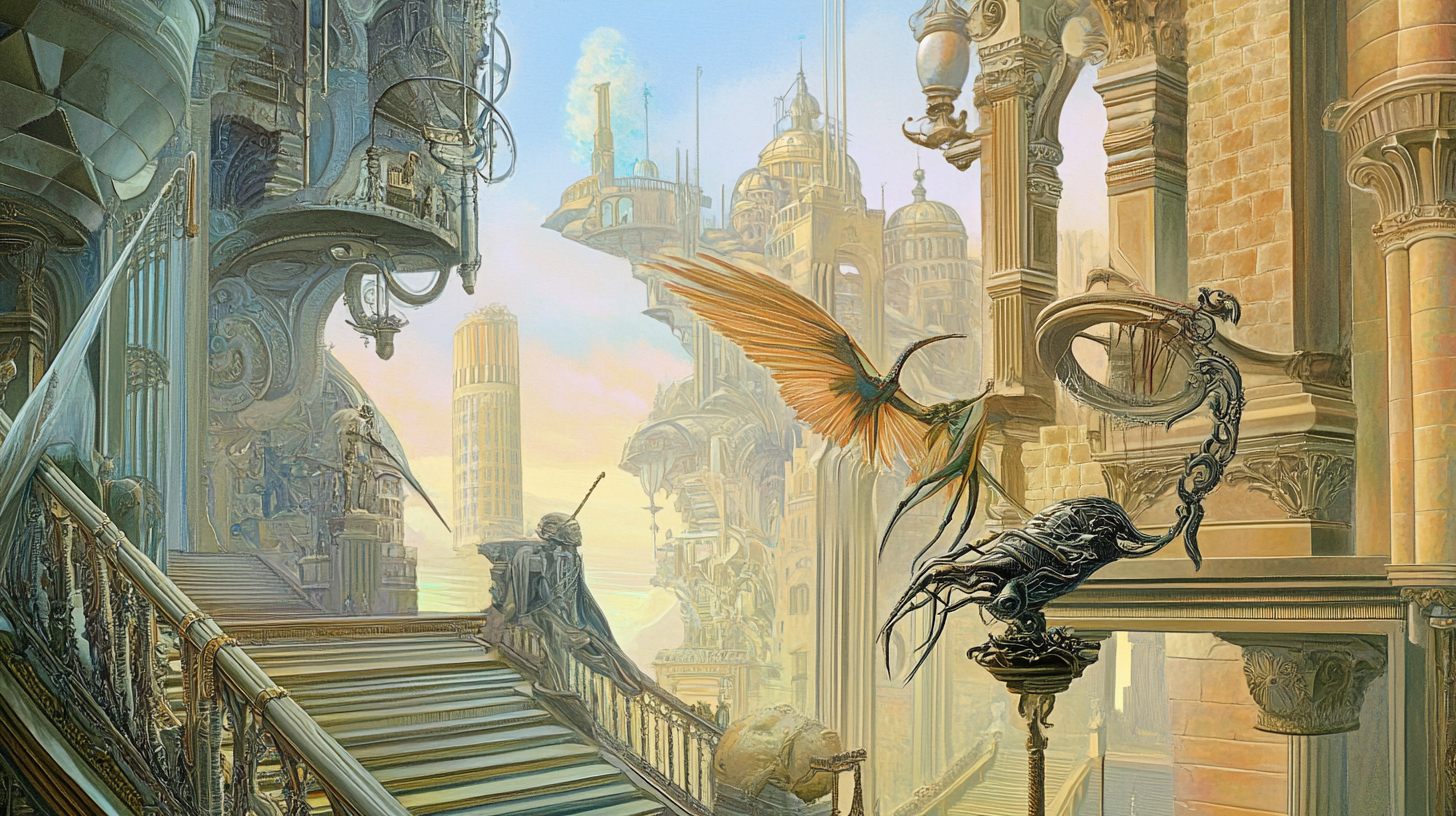
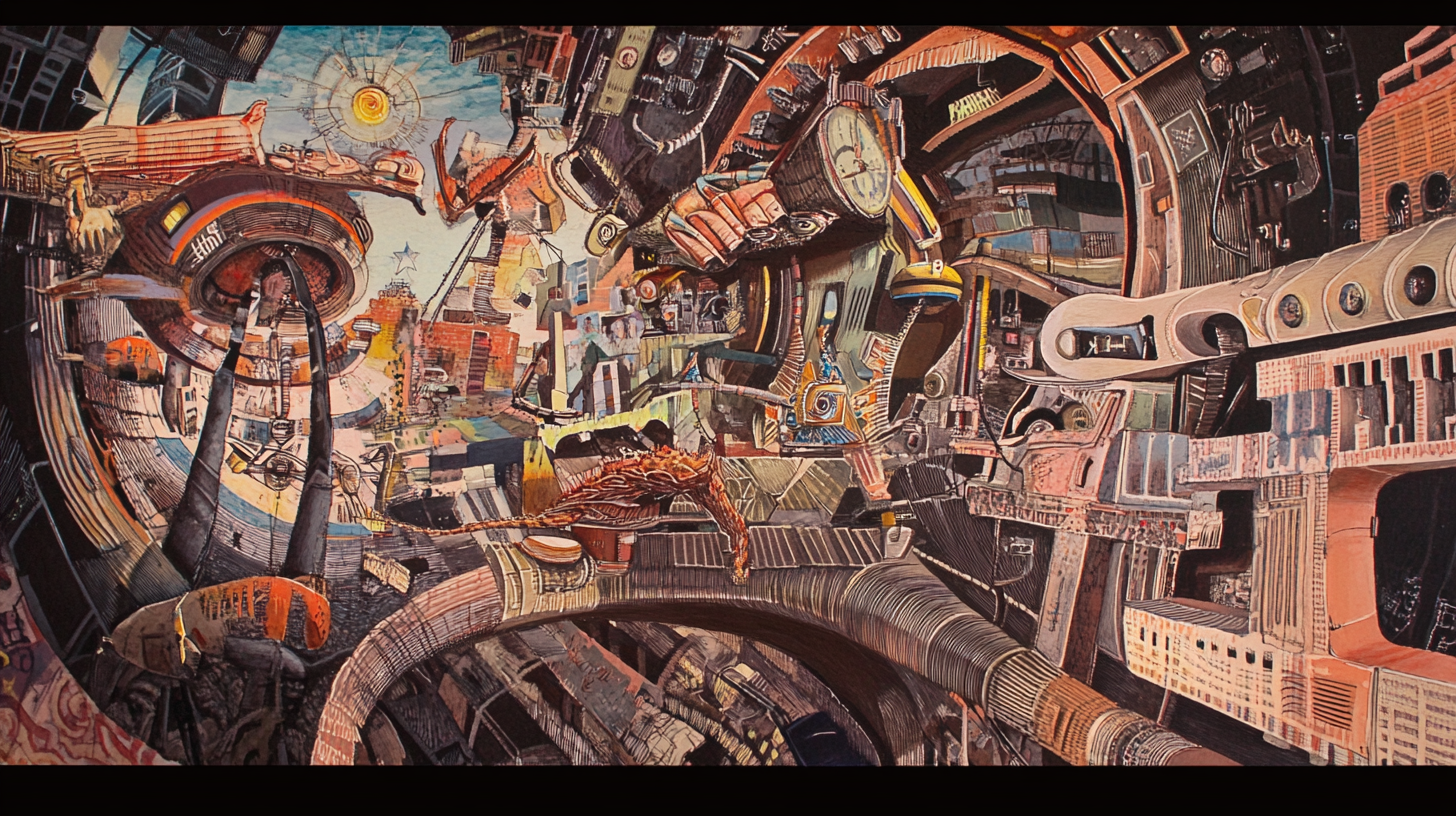
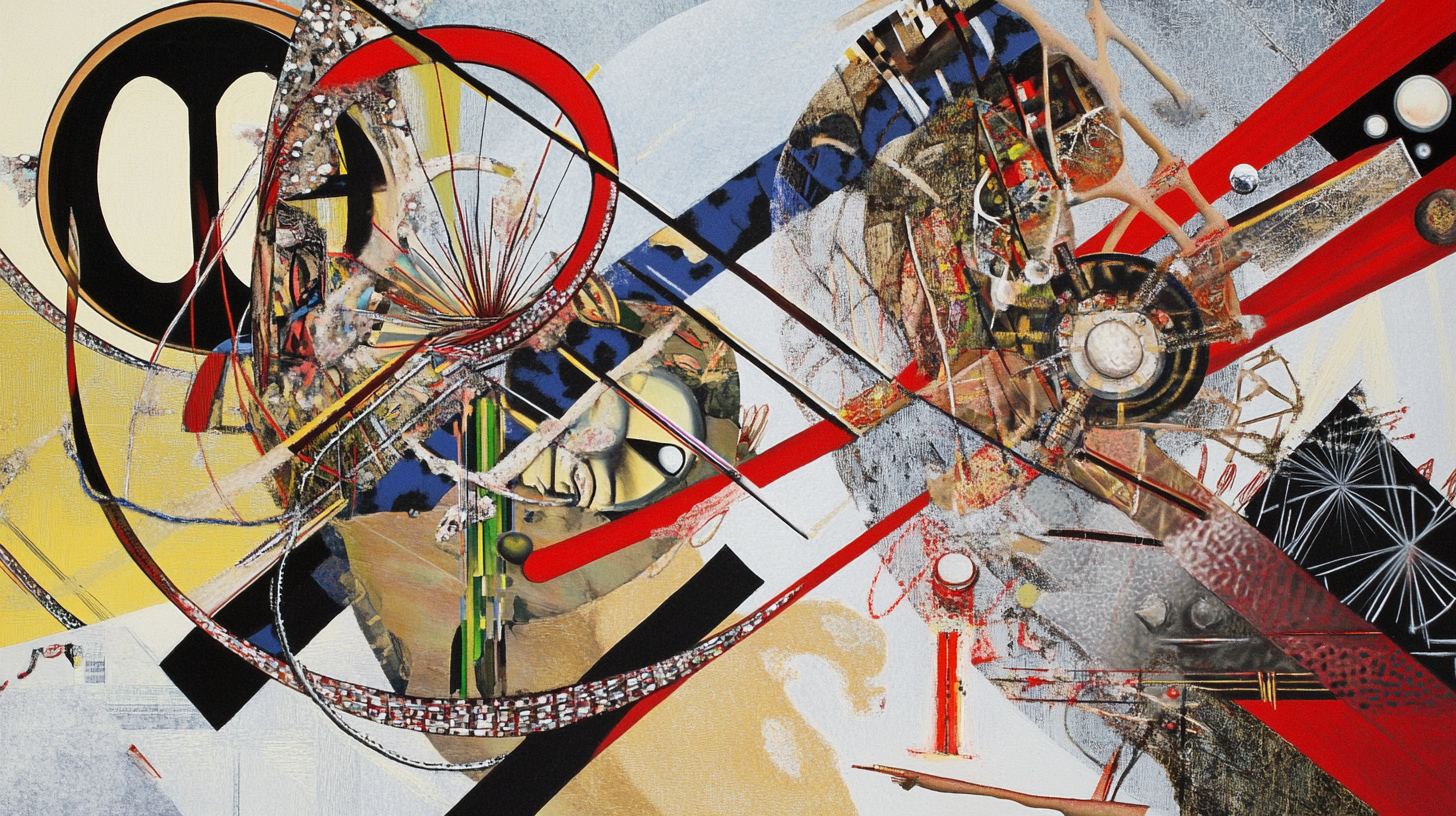
All comments and suggestions are welcome.